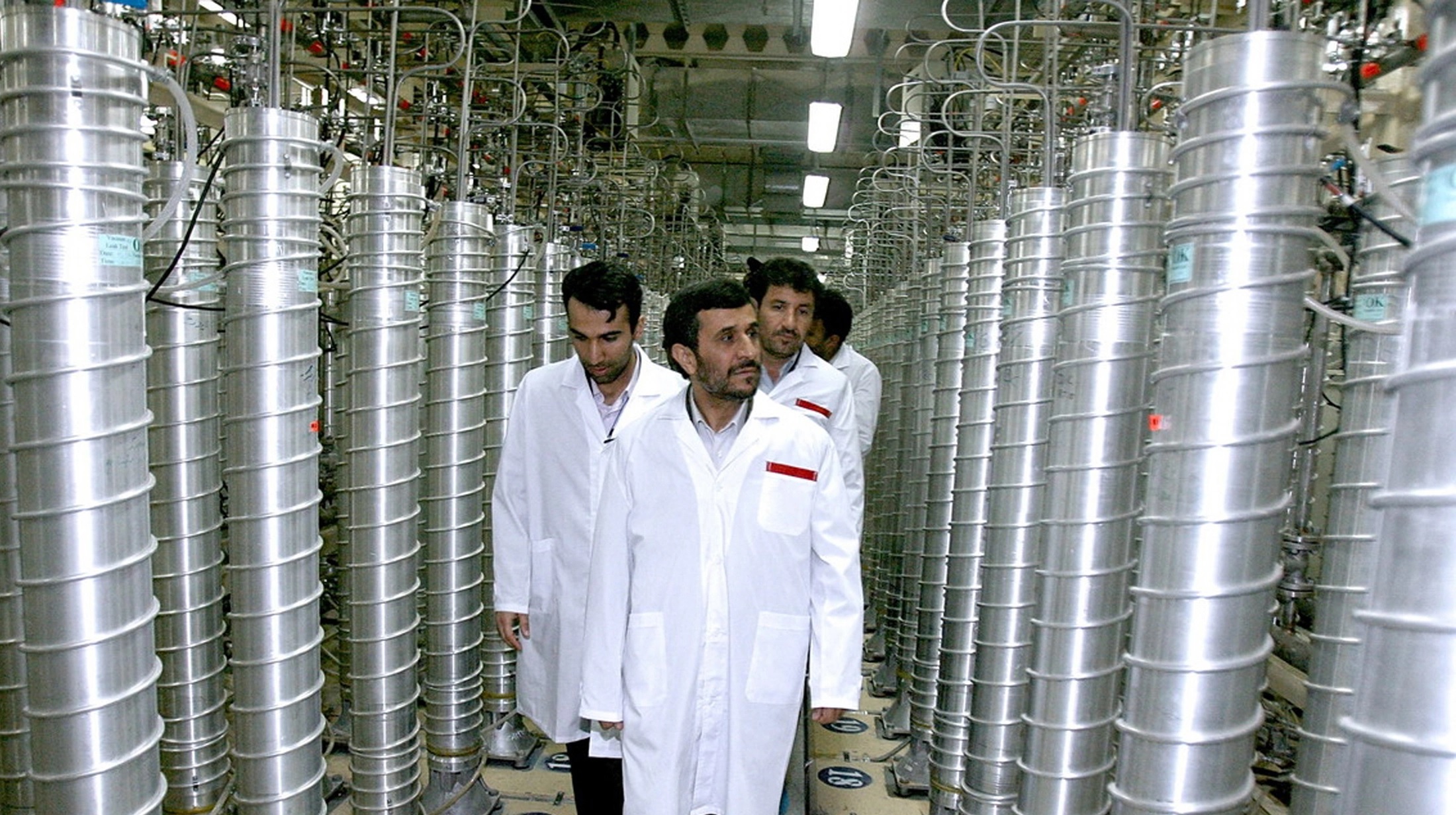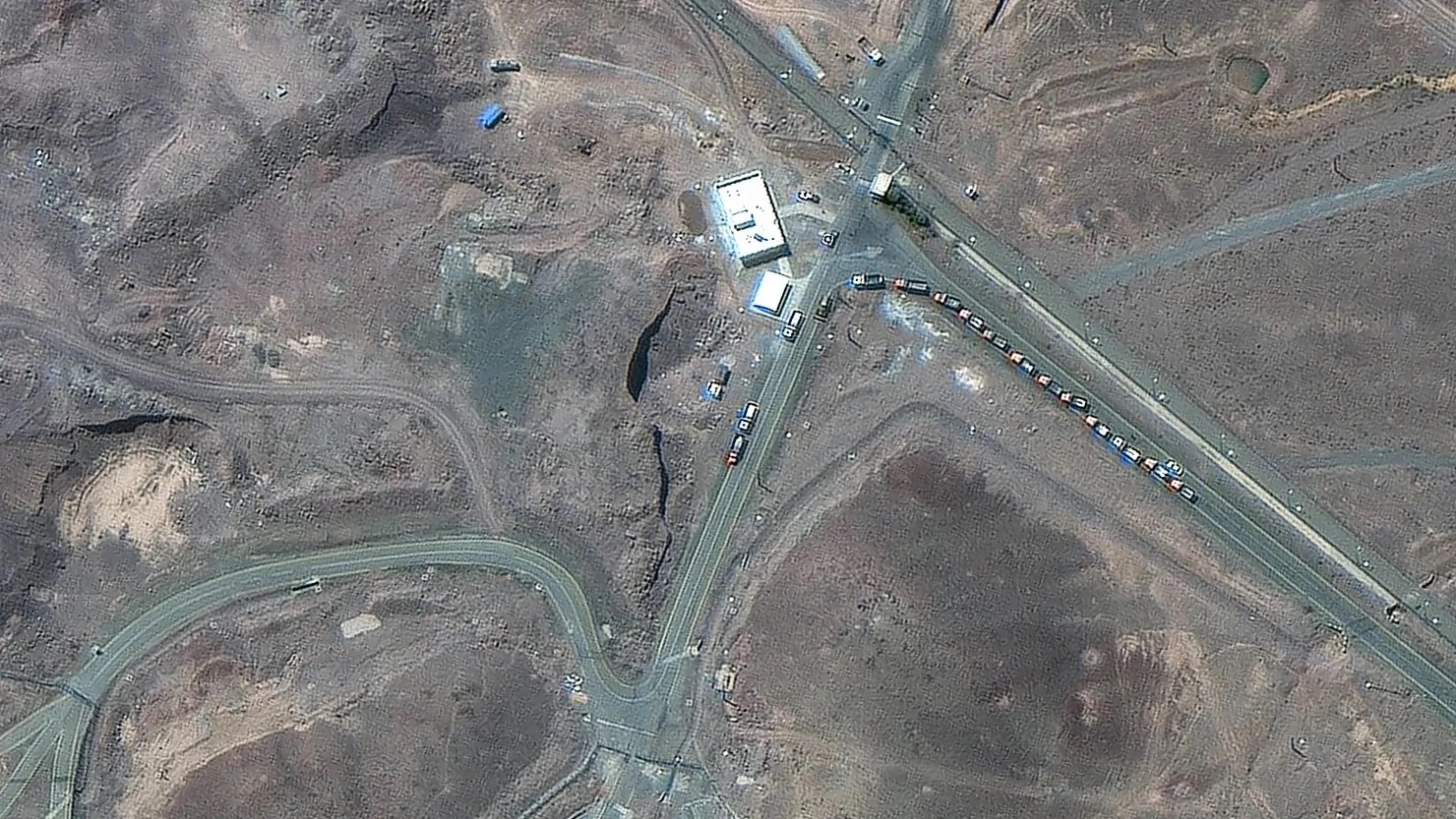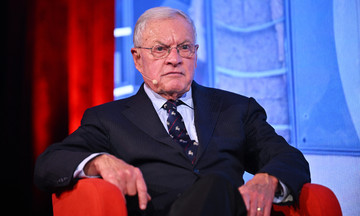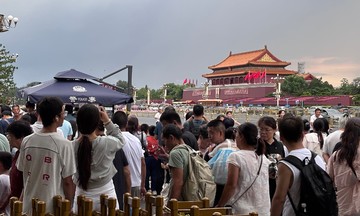On 22/6, the US launched Operation Night Hammer, using 14 GBU-57 14-ton bunker-buster bombs and over 20 Tomahawk missiles to target three Iranian nuclear facilities: Isfahan, Natanz, and Fordow.
US President Donald Trump declared on social media that the attack had "obliterated" Iran's nuclear facilities and that the country would "never be able to rebuild" them.
However, Mohammad Eslami, the head of the Atomic Energy Organization of Iran, insisted that Tehran had made prior arrangements to ensure "no disruption to our nuclear program." Iranian officials did not explicitly address the fate of the country's highly enriched uranium stockpile after the attack.
According to the International Atomic Energy Agency (IAEA), before the US airstrikes, Iran possessed about 5 tons of low-enriched uranium and 400 kg of uranium enriched to 60%.
This level of enrichment is significantly higher than the 3.67% limit set by the 2015 Joint Comprehensive Plan of Action (JCPOA) agreement. If further enriched to 90%, this amount of uranium would be enough to produce 10 nuclear bombs, according to Israeli and US assessments.
 |
Inside the Natanz plant, a uranium enrichment facility about 350 km from Tehran, in 2008. Photo: Reuters |
Inside the Natanz plant, a uranium enrichment facility about 350 km from Tehran, in 2008. Photo: Reuters
Observers suggest that Iran's silence on the fate of its uranium stockpile after the US airstrikes could be a calculated move. They might use this issue as leverage in future negotiations with the US and its allies.
The ambiguity surrounding the nuclear material's status could also strengthen Iran's political position, allowing for greater flexibility in its diplomatic statements and actions.
Some experts this week suggested that Iran might have moved its 60%-enriched uranium stockpile out of the underground Fordow facility and hidden it, along with other nuclear components, in secret locations unknown to Israel, the US, and the IAEA.
They noted satellite imagery provided by Maxar Technologies showing "unusual activity" at the Fordow facility on 19/6 and 20/6, with long lines of trucks waiting outside a tunnel entrance, before the airstrikes.
IAEA Director General Rafael Grossi said Iran had informed IAEA inspectors that they would evacuate uranium materials if they felt threatened, adding that these materials were stored in containers small enough to fit in the trunk of a regular car.
While the US believes Iran stores its entire enriched uranium stockpile at Fordow, some experts think it has been divided and stored in multiple locations.
In the days leading up to the US airstrikes on Isfahan, there was evidence of vehicles transporting something into or out of laboratories at the facility. IAEA officials stated that since 60%-enriched uranium is considered Iran's most valuable asset, the country would certainly not store all of it in one place.
Grossi maintains that most of the enriched uranium remains under Iranian control. "I don't know if they evacuated all of it, but the evidence suggests they moved a lot," he said.
European officials on 26/6 also shared the assessment that Iran had evacuated its uranium stockpile before the US airstrikes, noting these were only initial assessments and they did not know the exact location of the uranium.
The Trump administration, however, asserted that it had no intelligence indicating Iran had managed to relocate its highly enriched uranium from the targeted facilities, claiming it had all been "buried."
 |
Trucks line up outside the Fordow nuclear facility a few days before the 22/6 airstrikes. Photo: Maxar |
Trucks line up outside the Fordow nuclear facility a few days before the 22/6 airstrikes. Photo: Maxar
Vice President JD Vance said in a Fox News interview on 23/6 that the location of Iran's uranium "is not a question we need to discuss." He said the US airstrikes had destroyed Tehran's ability to enrich uranium to weapons-grade levels.
However, nuclear experts disagree.
"A significant quantity of nuclear material remains unaccounted for," said Kelsey Davenport, director of nonproliferation policy at the Arms Control Association.
"We understand that some quantity of uranium has been evacuated by Iran, and we don't know where it is," said David Albright, a former UN nuclear weapons inspector.
Sam Lair, a researcher at the James Martin Center for Nonproliferation Studies at Middlebury College, believes Iran had ample time to move its enriched uranium stockpile from the underground facilities before Israel launched Operation Roaring Lion on 13/6. Even if they hadn't moved it then, Iran had a window during the 12 days of conflict when the Isfahan facility was not attacked to do so, Lair said.
Observers believe Iran also appears to have prepared for the possibility of an attack. On 13/6, the day Israel launched Operation Roaring Lion, the IAEA said Iran had disclosed plans for a new uranium enrichment site, citing threats to its nuclear program.
"The Iranians had prepared for this kind of scenario," Lair said, adding that Tehran had built another site "ready to install centrifuges somewhere, and not many people know about it."
Thuy Lam (USA Today, The Arab Weekly, Alfapress)












